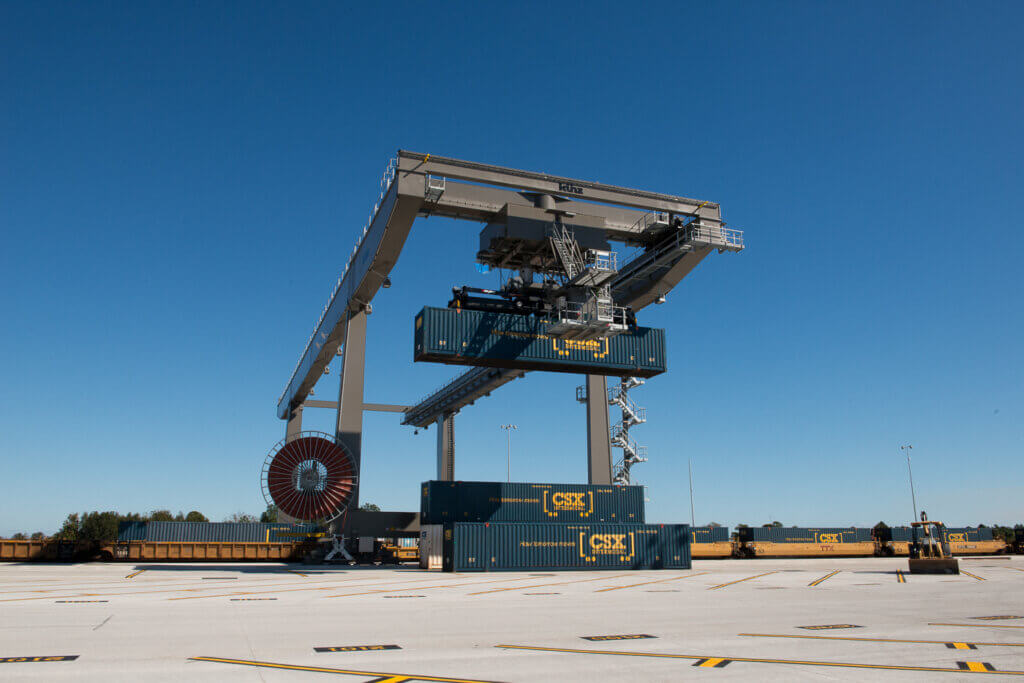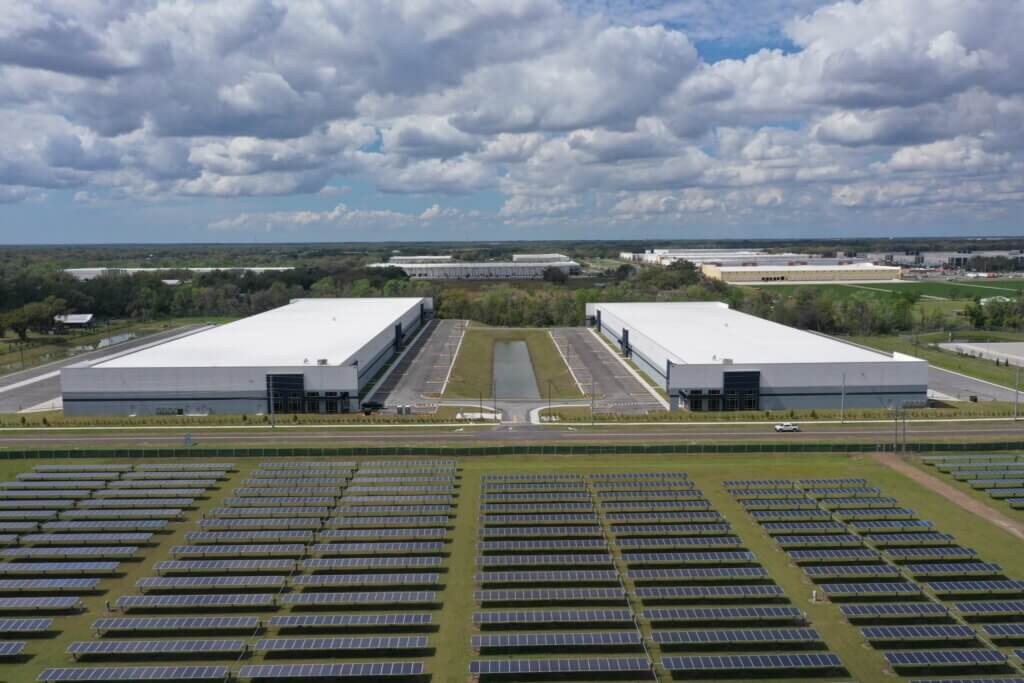Growers Optimistic about this Season’s Citrus Crop, Experiments
Florida citrus growers and industry leaders are optimistic about this season’s crop and the positive inroads being made fighting the dreaded citrus greening disease, which has wreaked havoc on production in recent years.
Steven Callaham, chief executive officer of the Dundee Citrus Growers Association, is excited about the possibilities of the experimental CUPS project his 100-year-old association is heading. CUPS — Citrus Under Protective Screen — is expected to help control the citrus psyllid, generally known as citrus greening, and produce more and higher-quality fruit while using less water, fertilizer and pesticides.
“Eighty percent of the trees are planted, and it’s going extremely well,” Callaham said, adding that 100 percent of Phase 1 should be planted by early April 2019. “So everything is on track, as expected. The trees are looking great.”
Including CUPS, here are four things you should know about this year’s crop in one of the top citrus-producing counties in the state.
CUPS
All 10 pods that are part of the CUPS experiment in Bartow have been claimed by citrus growers, said Callaham, who called the test area an “agricultural subdivision of sorts.”
Each pod is individually owned, but Dundee Citrus Growers managers the property. “All individual owners have come together under one piece of property for the same purpose: growing high-quality fruit,” he said.
“Seeing growers invest in solutions like CUPS and replanting groves with rootstocks that show some greening resistance is very encouraging,” said Shannon Shepp, executive director of the Florida Department of Citrus. “As hard as researchers are studying how to grow citrus in this era of HLB (greening), growers are truly starting to take what has come out of that work and putting it in the field.”
Shepp shared another positive experiment. “Just last night, as part of a citrus youth program, two young men were given high awards for growing citrus trees that have yet to show any HLB infection. That’s inspiring on two fronts – the technology exists, and a new generation of young growers are coming on scene.”
What’s next for CUPS?
Callaham’s co-op is breaking ground on Phase 2 now, another 150-acre piece of property that’s just west of Phase 1.
When Phase 1 is completely planted, 60 percent will be tangerines and 40 percent red grapefruits, Callaham said. “In Phase 2, I think it will be red grapefruit and tangerines again, but you will see a flip. The majority of planting will be red grapefruit.”
Callaham explained why, saying building the structures for CUPS requires a sizeable capital investment. “We focus on varieties that can produce at a young age after you put trees in the ground, and have the highest value possible. That’s where grapefruit and tangerine varieties come into play. They produce at a young age and are premium fresh fruit varieties” — meaning growers get top dollar for them.
Another reason: Grapefruit “seems to be suffering more from citrus greening than some of the orange varieties. Production is declining at a rapid pace. In the future, being able to grow high-quality grapefruit — I think there’s a good opportunity for that.”
That doesn’t rule out growing oranges, he said. That day could come.
This Year’s Crop
Kyle Story, vice president of the Story Companies and a member of the Dundee association who has purchased pods in Phase 1, said, weather pending, this season’s non-CUPS crop is looking good. “The growth and bloom thus far look very promising for another strong crop.”
Specialty fruit are still being challenged by greening, he said. But, “Round oranges have done very well for the committed grower this season,” and most such growers “will experience the best crop they have produced in three or more seasons.”
“Most growers are very very pleased with the amount of fruit their groves are picking this year,” Callaham said. “So far this season, an average percentage would be about 70 percent more fruit on these groves than there were last year.” Last year’s crop was an anomaly caused by Hurricane Irma in September 2017.
The Future
Story said he’s excited about CUPS and the opportunities it holds.
“I am excited about this opportunity for the Florida citrus industry,” he said. “It is different for Florida citrus, but not from other commodities nationwide or internationally. I feel the future will have its challenges like anything you farm, but will be a bright one.”
Without CUPS, he’s still optimistic. “Most growers are just excited to see that we can produce good-quality Florida citrus in the face of so many threats.”
Callaham agrees that growers are optimistic. “People are looking forward to good things.”
Shepp is hearing the same.
“At this time last year, after the impacts of Irma and the long-time stress of HLB, none of us could have imagined we’d have a crop estimated 77 million boxes of round oranges. That’s about 10 percent higher than the season before Irma (2016-17), and we haven’t been able to say that for a long time. There’s a general sense that Florida citrus is turning a corner, and we (the Florida Department of Citrus) better be ready to market the increased production we see on the horizon. It is the very best challenge we’ve been waiting to take on!”
—
If you have questions about this topic or others, please contact us at the Central Florida Development Council.



